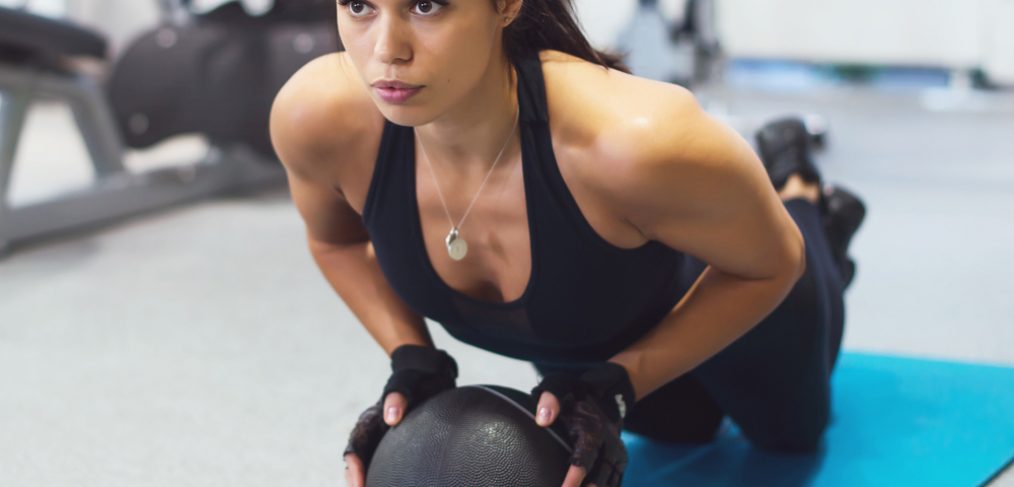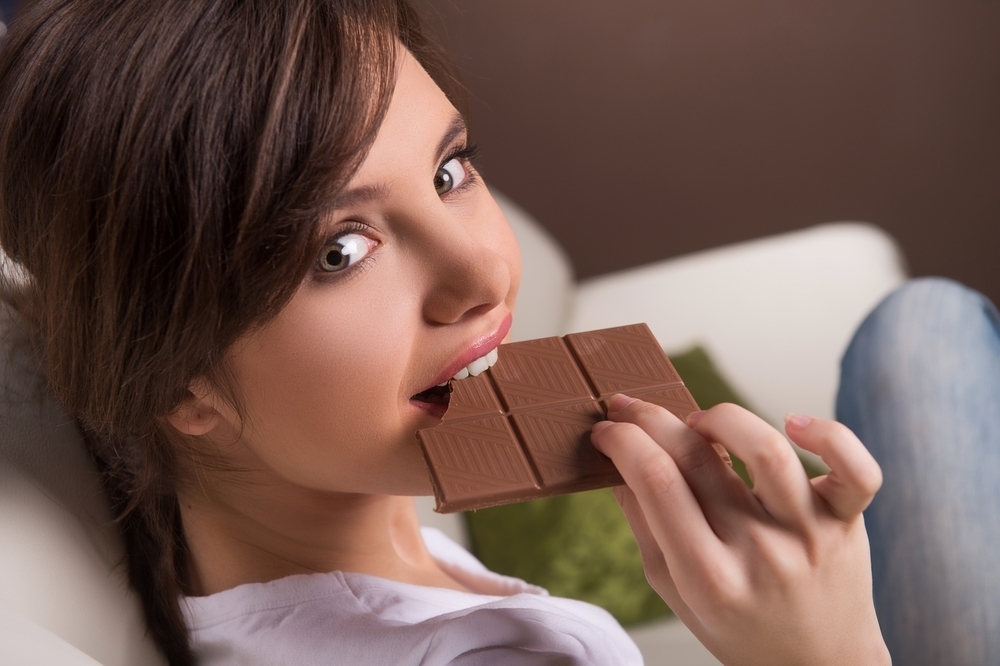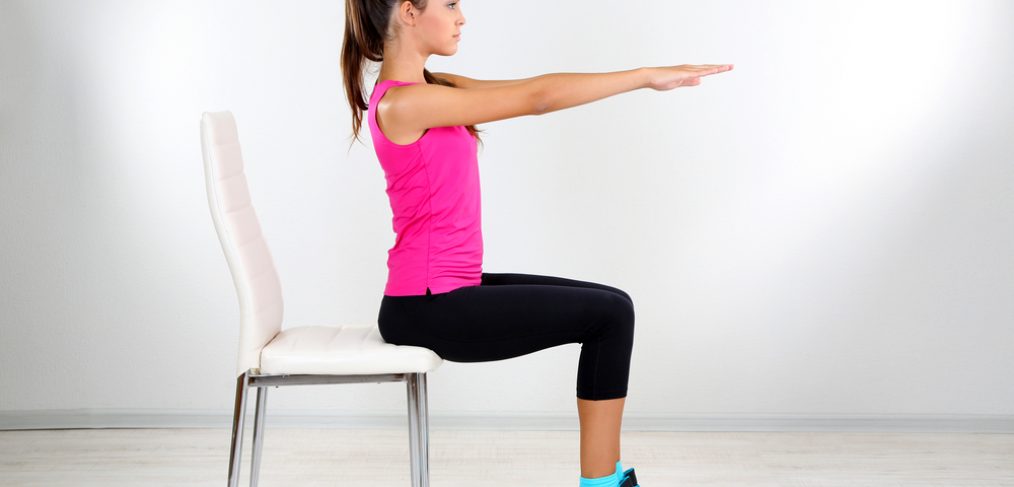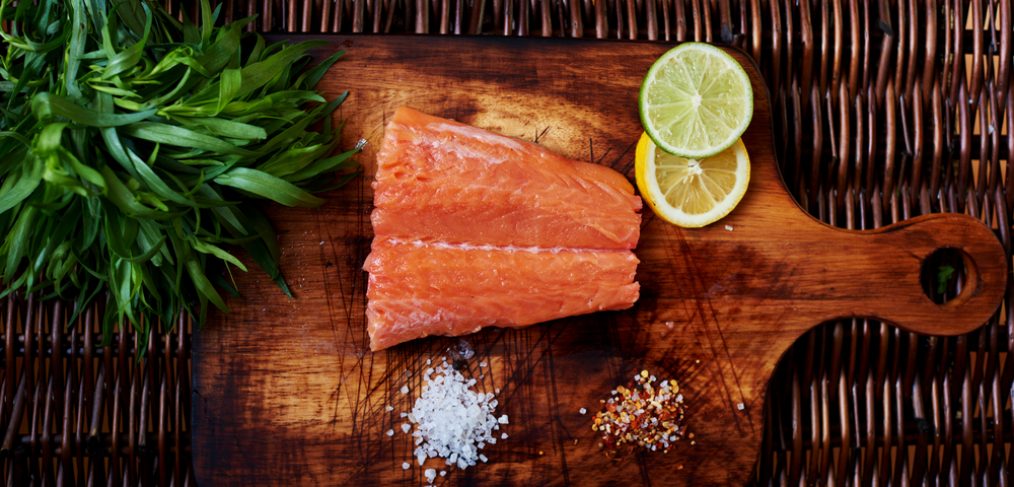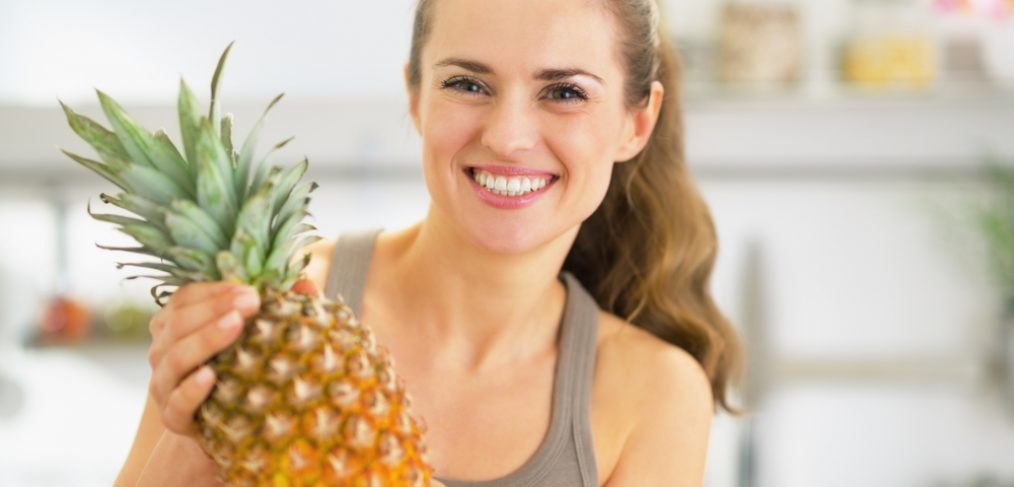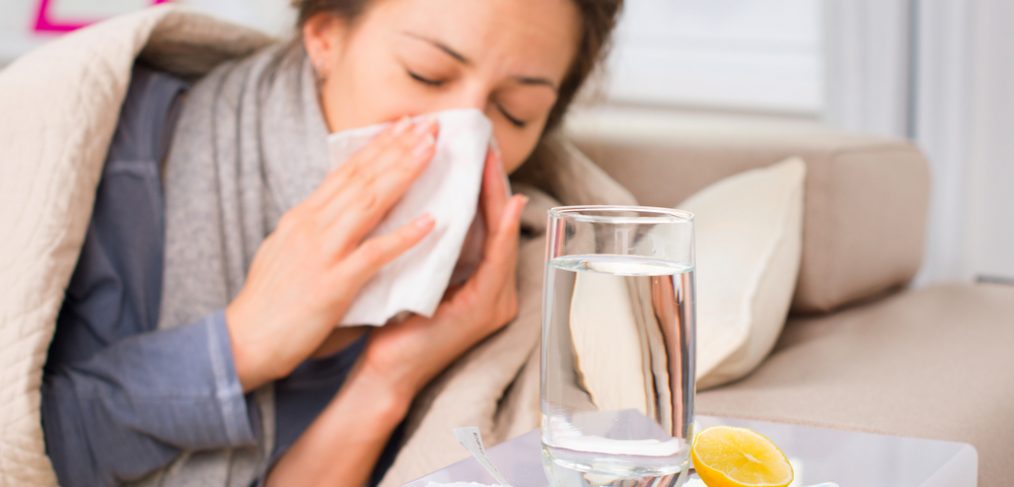When songstress Grace Slick debuted her 1967 psychedelic rock masterpiece, “White Rabbit,” there was little doubt in the minds of her intended audience as to what she meant when she belted the infamous lyric: “feed your head.” Some 50 years later, things have certainly come full circle. Although to say many things have changed in the past 50 years is a bit of an understatement, we are still focused on expanding the mind, albeit with a healthier goal: longevity. Perhaps, we should take a closer look at the newer ways to “feed your head,” optimize brain function, and prolong your life.
Exercise
There’s nothing like a good walk for generating new ideas. Exercise gets your brain working at maximum capacity by increasing the level of nerve cells in your brain and protecting them from damage. Exercising also increases blood flow to the brain and decreases the risk of cardiovascular disease. A 2010 Neuroscience study showed that monkeys who exercised learned tasks two times as quickly as those who did not. Those are some smart chimps!
Omega-3 Fats
Docosahexaenoic acid (DHA) is an omega-3 fat which makes up 25% of the portion of the brain that is made up of fats and is a crucial component of your retina. It is also a structural ingredient in breast milk, which is thought to be the reason breast-fed babies score tend to score higher on IQ tests than those fed on formula. One study found that by taking 800 mgs of DHA a day for four months resulted in increased verbal fluency and can help reduce psychiatric illness and brain disorders.
Coconut Oil
Ketone bodies or ketoacids are substances which can renew and restore your brain’s nerve function after it has been damaged. Coconut oil has been shown to contain about 66% of the primary source of ketone bodies. According to research, just over 2 tablespoons of coconut oil could prevent neurological diseases and treat those that are already established.

Sleep
Sleep helps the brain to remove mind blocks, help you get a new perspective on problems, and enhance creativity. Harvard research shows that directly after sleeping, people are 33% more likely to make connections between ideas than before sleep. Sleep has also been shown to enhance memory and improve skill performance. In fact, as little as four to six hours of sleep can have a big impact on your clear thinking ability the following day, and we all could use that.
Gut Flora
Neurons in your gut produce neurotransmitters like serotonin, which are also found in the brain and influence mood. Therefore, gut health can have an impact on your psyche, behavior and brain function.Healthy gut bacteria depends on your diet. If your diet consists of processed foods, your gut flora bacteria are likely not to perform as well. The best way to keep your gut flora at an optimal level is to limit processed food and sugar and take probiotic supplements.
It just goes to show, the more things change the more they stay the same. Let us know what you think. We love to hear from you! Really!



